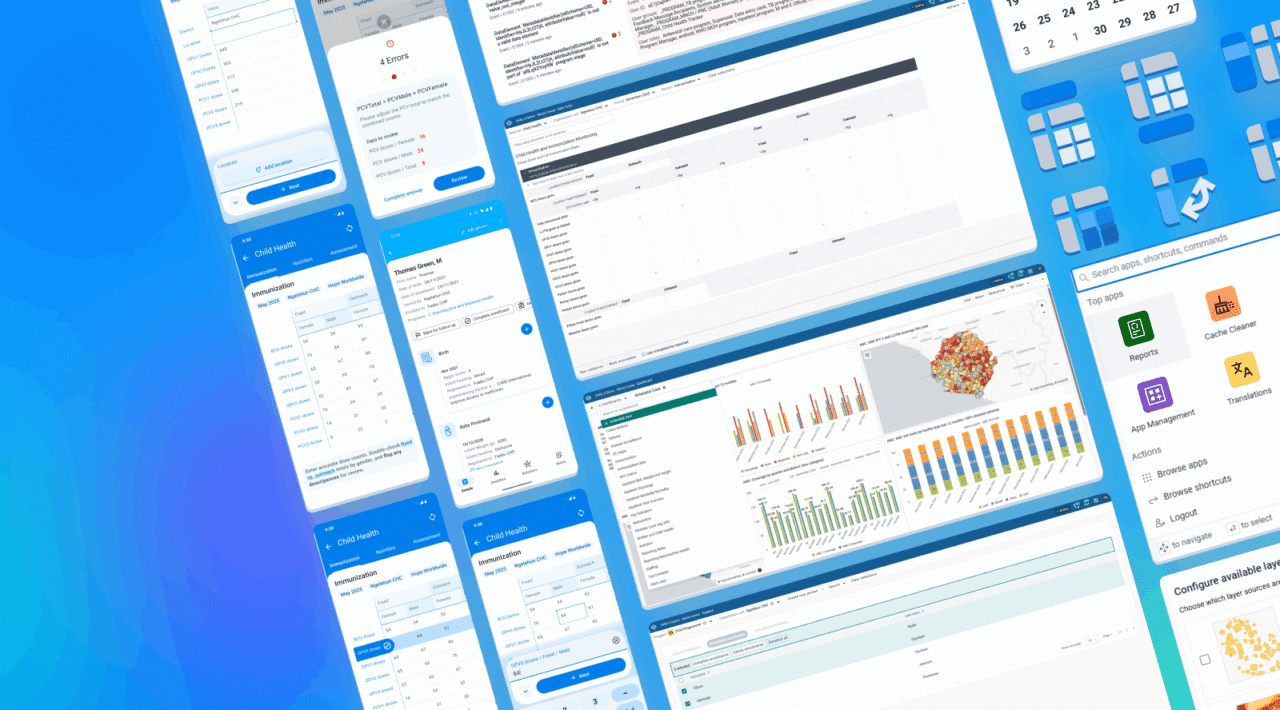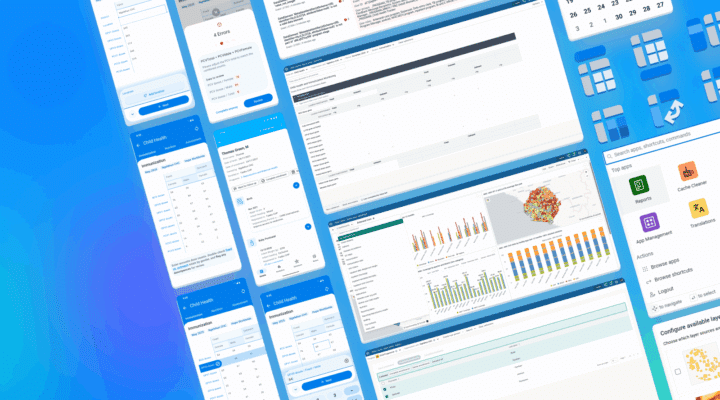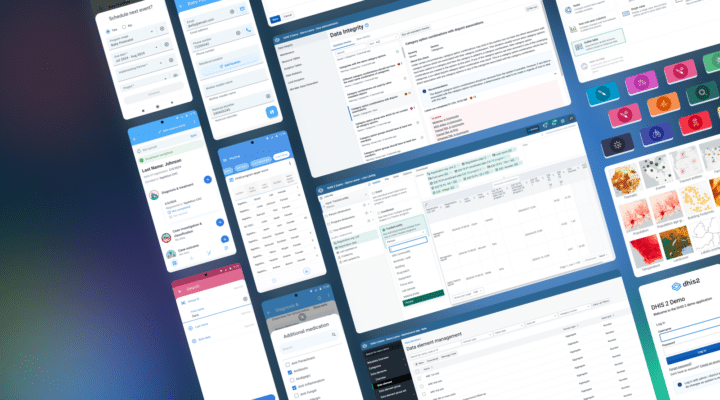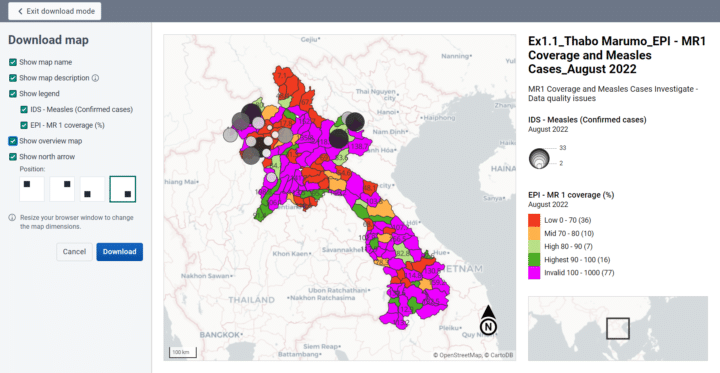
DHIS2 Software Releases
The DHIS2 software is released in core versions of our web-based platform and mobile application and regular patch releases, while updates to individual DHIS2 applications are available through continuous release via the DHIS2 App Hub.




